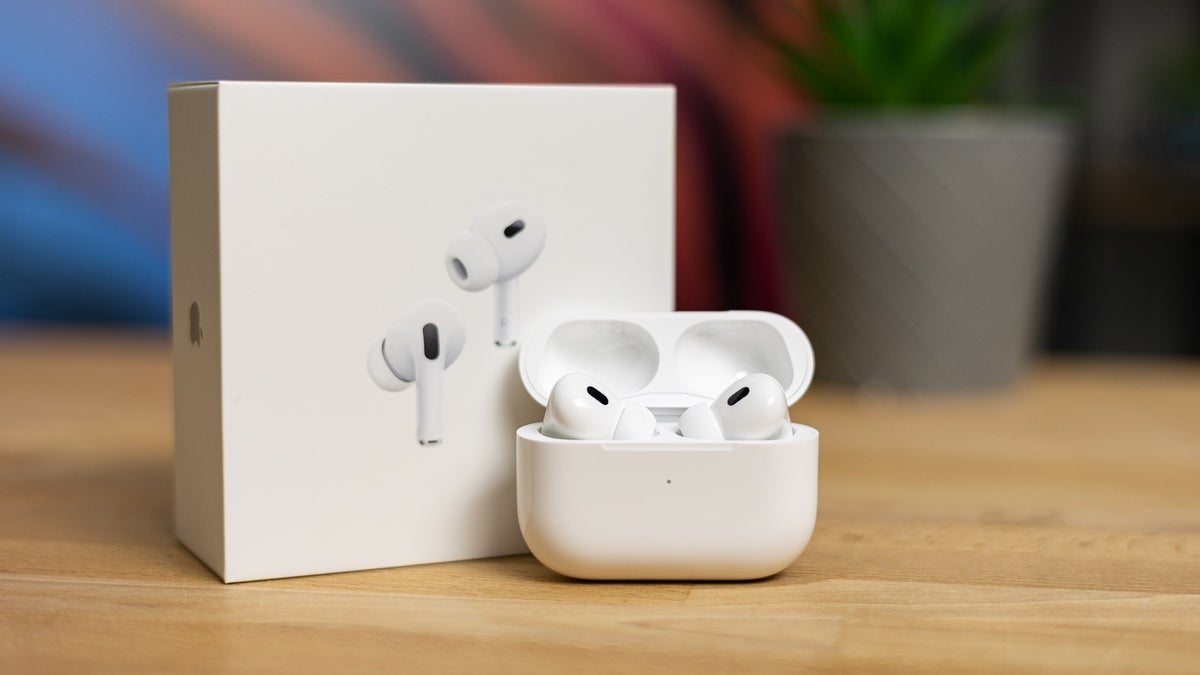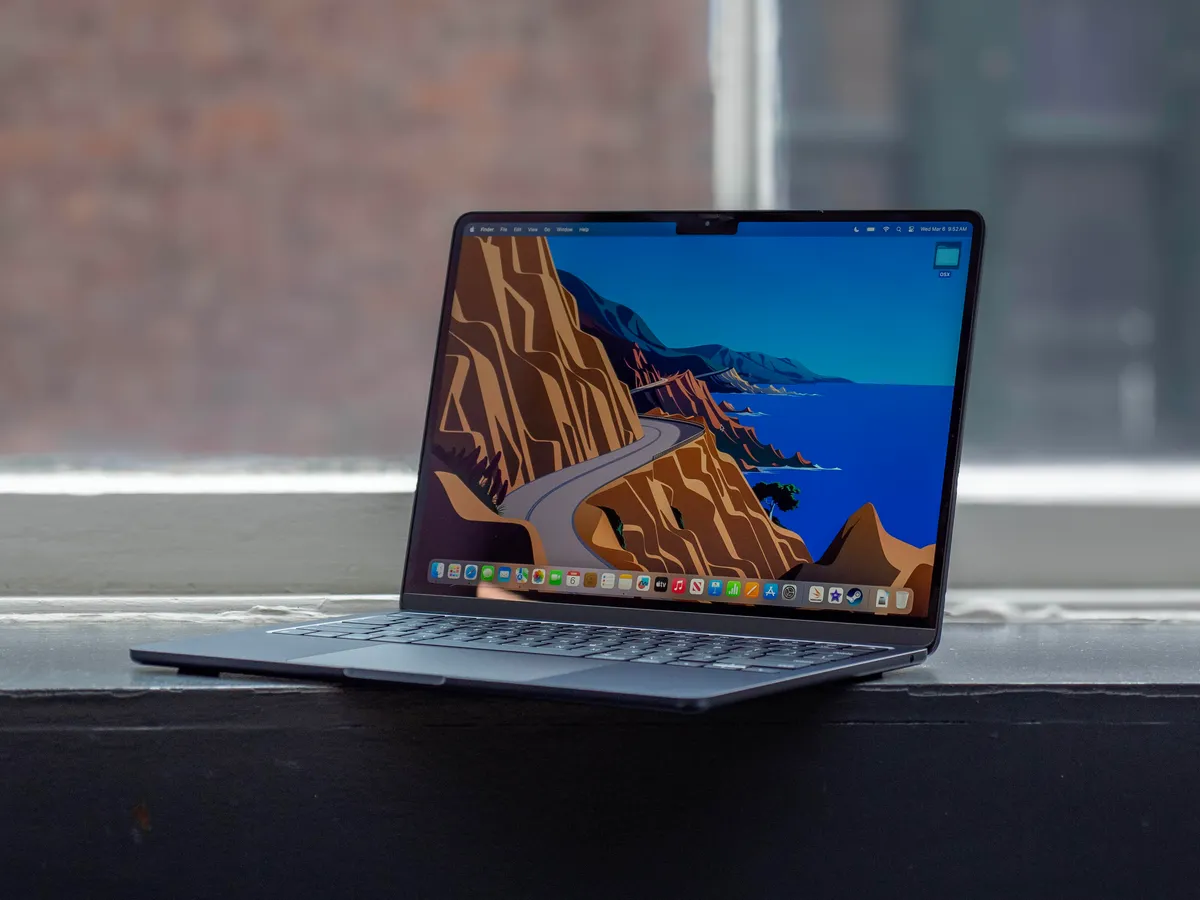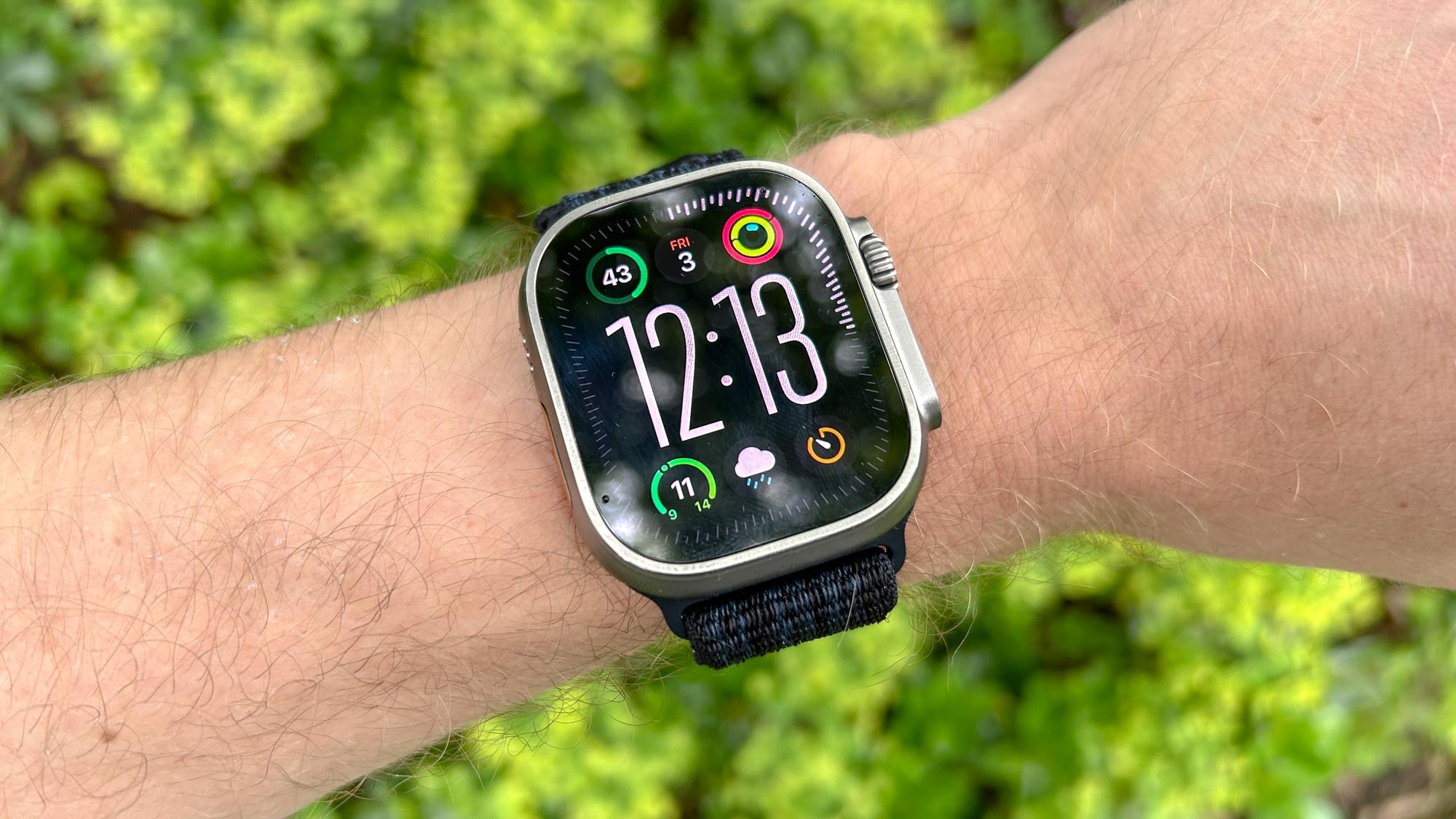Apple is reportedly considering adding small cameras to future AirPods, as Bloomberg’s Mark Gurman mentioned. In his recent Power On newsletter, Gurman briefly touched on the idea of AirPods featuring tiny cameras, highlighting Apple’s growing focus on wearable technology. However, he didn’t elaborate on how these cameras might be used.
Rather than capturing photos, these cameras are expected to function as infrared sensors. Apple supply chain expert Ming-Chi Kuo shared in June 2024 that Apple could begin mass-producing AirPods with infrared cameras by 2026. These sensors would work similarly to the Face ID receiver on iPhones.
According to Kuo, these advanced AirPods are designed to enhance spatial audio, especially when paired with the Apple Vision Pro headset. For instance, if someone wearing these AirPods and the Vision Pro turns their head in a particular direction while watching a video, the audio in that direction could become more prominent, offering a richer, more immersive experience.
Another exciting possibility is “in-air gesture control,” where the infrared cameras might allow users to interact with devices through hand movements, further integrating AirPods into Apple’s ecosystem of innovative controls.
If the production schedule remains on track, these futuristic AirPods could hit the market around 2026 or 2027, potentially marking a big step forward in wearable tech.







